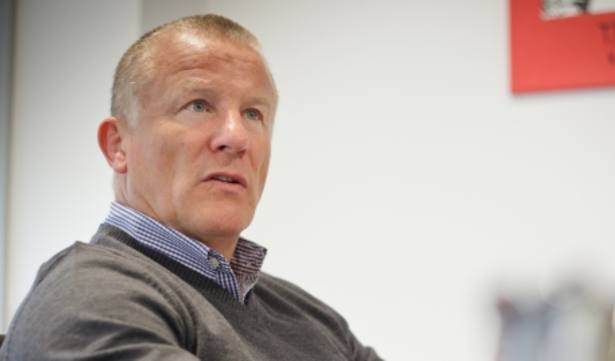
For companies with defined benefit pension schemes, liabilities have soared as a direct result of the sharp decrease in UK government bond yields, widening the gap between the sums to be paid out and the value of assets available to fund these payments. As a consequence, a number of firms have hit the headlines with their decision to divert cash away from dividends, and use it instead to decrease their pension deficits.
No discussion of dividend prospects would be complete without talking about pension deficits and their potential impact on the ability of UK companies to pay dividends going forward. Pension fund deficits have always been an important consideration when assessing both a company’s valuation and its capacity to pay dividends; since the credit crunch of 2008 and the onset of record-low government bond yields, this issue has become even more pressing.
The pension deficit should be included in the enterprise value calculation, and regular payments towards reducing this deficit should be accounted for when looking at the company’s free cash flow, which is the source from which dividend payments will be made.
Clearly, a company that struggles to generate free cash, that is highly levered and that has a significant pension deficit will struggle to pay dividends. Dividends are funded out of free cash flow. The decision to pay a dividend to shareholders is a reflection not just of cash being available, but of the company’s own decision that this is the best use for the cash, rather than reinvesting it into new projects, purchasing new fixed assets, acquiring a new subsidiary or paying off outstanding obligations. Dividends are, however, often viewed in isolation and as an obligation, whereas in fact they are in essence a discretionary payment.
This is not to say that dividends are simply the icing on the cake – they are the product of countless factors, relating to both the individual company and the broader environment in which it operates. Dividend projections and forecasts do have an impact upon a company’s share price, and companies are often reluctant to cut or change dividend payments for fear of a negative market reaction. Although dividends are related to profitability, they are by no means in direct correlation with it, which is why thorough research is crucial to establishing the true state of a company’s health and the likelihood that it will pay sustainable dividends into the future.
Companies may cut dividends for any number of reasons – mining and commodity companies, for example, have been facing huge pressure on their margins as a result of lower commodity prices, and many have had to restructure and alter their business plans significantly in order to remain solvent. A company facing such complex and urgent challenges would be unlikely to spend free cash on a dividend payment; indeed, the decision to pay a dividend under such circumstances might be viewed with suspicion.
Overall, I do not see any existential threat to aggregate stock market dividends arising from the issue of pension deficits. A lot of high-profile, listed companies have been struggling with their defined benefit obligations for years, and across a range of economic backdrops. For many, this will be yet another challenge on the list of those they have already overcome, although some will of course manage better than others.






